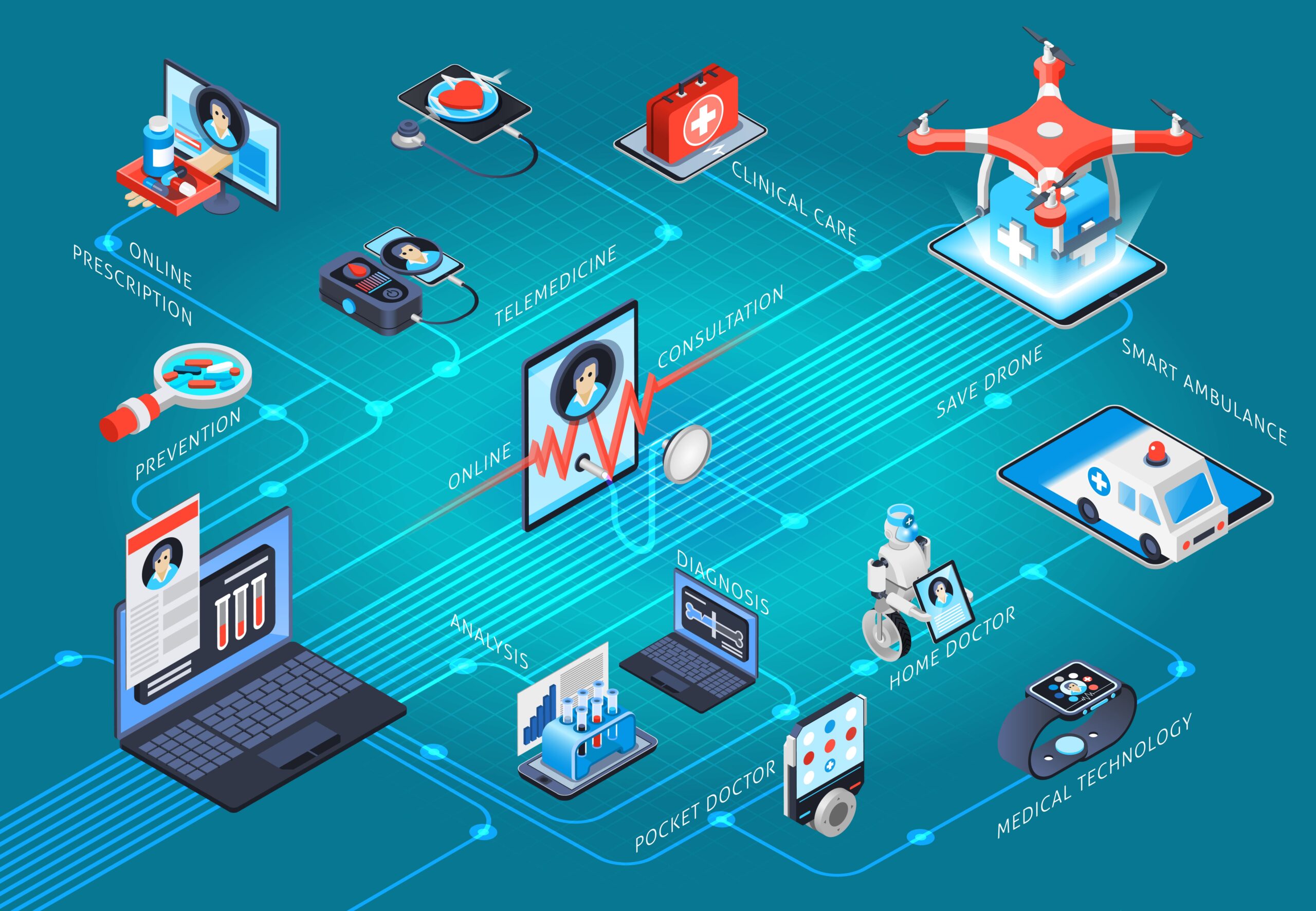HomePage » Smart Healthcare and Long-Term Care
- Author | Bernie Gee
Smart Healthcare and Long-Term Care

Contents
In response to the aging society and declining birthrate, the burden of caregiving for the elderly has become a major issue for families, which has led to a changing concept and practice of elderly care, as well as the emergence of “long-term care” systems. In Taiwan, a variety of services, ranging from family-care support, home-based and community-based care to institutional-based care programs, are provided by the government with subsidies, including the professional care services, transportation services, assistive devices purchases/rental, handicap-friendly improvements to residences, and respite care services (a short-term program to alleviate caregivers’ pressure).
Long-Term Care in Taiwan: Status Quo
Since the implementation of the long-term care program in 2017, amendments and adjustments have been made to improve the program, with some issues and difficulties to be addressed. According to the Long-Term Care Plan 2.0 Report released by the Ministry of Health and Welfare, the challenges are summarized as follows:
- Insufficient resources and unequal distribution: Take the demand for institutional-based care as an example. Greater challenges are posed by the insufficient places and unaffordable expenses. Moreover, most of the long term care institutions are located in urban areas, and this inequality in resource distribution makes it difficult for people in rural areas to access resources.
- Lack of qualified long-term caretakers: It takes time and great effort to train professional home-based caretakers, which results in a workforce gap for this profession. Besides, some of them chose to switch to private care institutions for higher pay.
- Inconvenient transportation in rural communities: Due to the different geographical environment and the density of medical institutions, it is difficult for the transportation and the pick-up system in remote areas to fully meet senior citizens’ needs. Thus, it is imperative for local governments to develop appropriate policies adapting to local conditions.
What can "Smart Healthcare" do? How can it be integrated with long-term care?
To address the above challenges, we need to build a comprehensive home-based care service system with “Smart Healthcare” technology. By integrating “care services” and “care products”, a greater result can be achieved, and both approaches “prevention” and “caregiving” can facilitate the development of long-term care. The use of technology not only makes up for the lack of manpower, but also provides direct assistance to the elderly living alone or in remote areas, breaking the barriers of time and space.
The development focus of “Smart Healthcare” in Taiwan has shifted from wearable devices and service robots to an advanced integration of technologies such as the Internet of Things, 4G/5G mobile broadband communications, and artificial intelligence for more application solutions to meet the needs of various fields. For example, for the general management of the elderly’s health and wellbeing, the “interactive health management platform” has been made possible under the Internet infrastructure. It collects and tracks daily activities data of users through wired or wireless communication technology, and performs health management and social networking activities. Simply put, this works by integrating smartphones and IoT measurement devices as a tracker of basic health data such as daily steps, workout, body temperature, weight, blood sugar, blood pressure, etc with real-time alert, gamification and interactivity, helping the elderly users stay healthy and have fun at the same time. The moderate input of sensory stimulation not only allows the elderly to keep the mind active, but also reduces the risk of dementia, greatly balancing physical and mental health.
In addition, in terms of home safety for the elderly, the AI-powered 3D imaging and sensing technology can be used to manage the activity level and range of the elderly to prevent falls and getting lost, which allows quick response to urgent situations and immediate actions from social welfare and medical institutions. Health data is also synced to cloud databases and set to notify the institution’s system, and healthcare is fueled by smart technology.
IT Service Provider and "Smart Healthcare"
Currently, the most important task for the information industry focusing on smart healthcare is to implement living lab. The new smart technology should be verified in real-life situations in practice with the collaboration of users, medical staff, caregivers, and the government to ensure the effectiveness in the long-term care system, fit the needs of the elderly, and achieve the purpose of creating better healthcare experiences.
